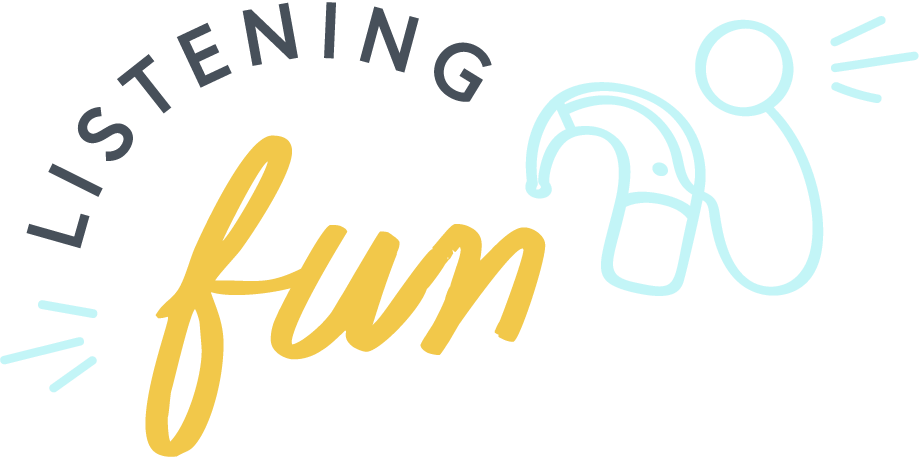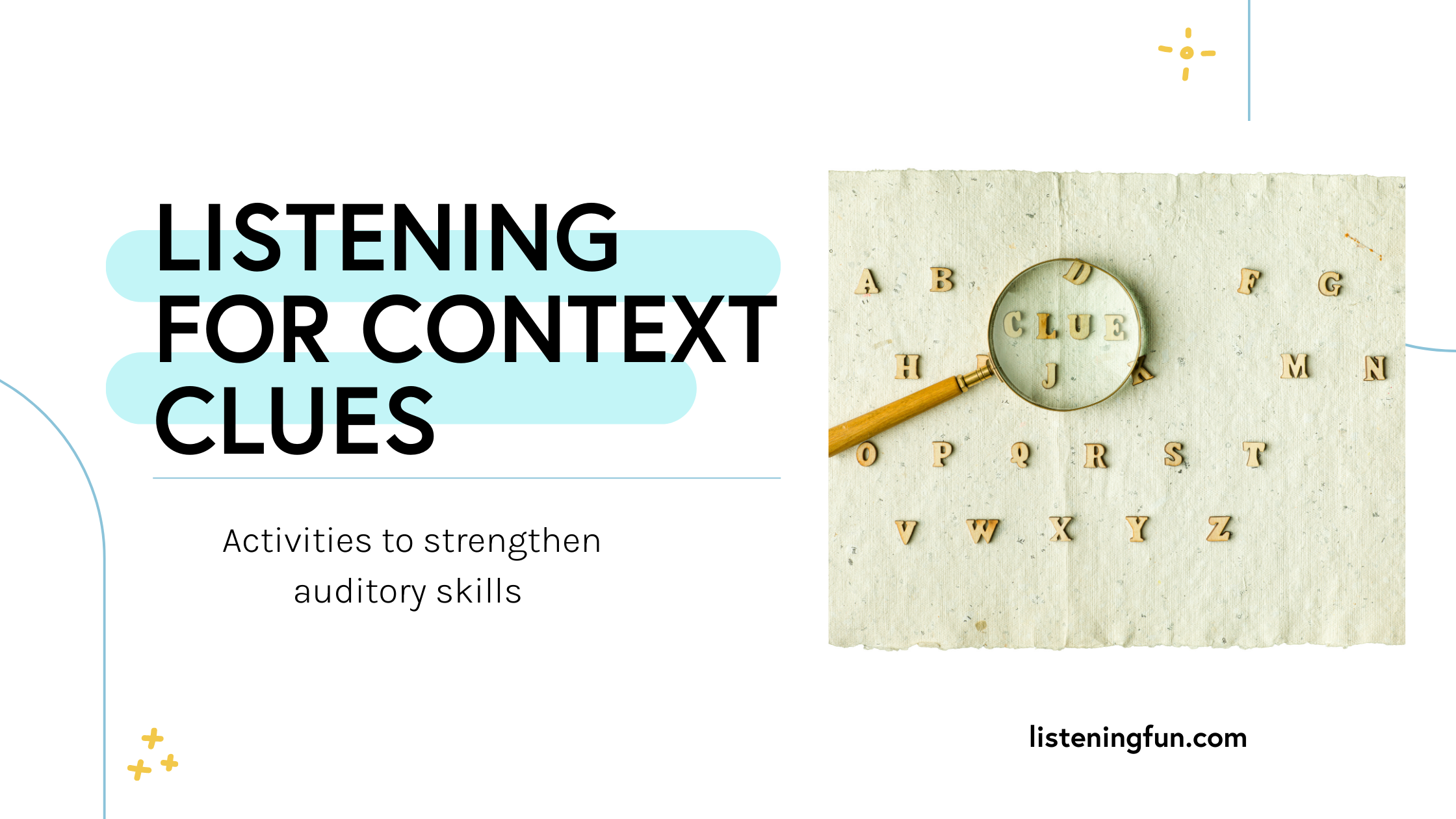Listening for Context Clues
Can you wrap your head around the fact that there are hundreds of thousands of words in the English language? Do you, as an adult, know every single word and its definition? I sure don’t. So we can’t expect our students to either.
So what do you do when you come across a written word that you are unfamiliar with? Most skip over it, some look the word up on Google, while others sit and ponder the meaning to the point of frustration.
Students have so many opportunities to learn new words; however, they must have a tool belt of strategies to decode, define, and truly understand the meaning of unfamiliar words. One important tool in that tool belt should be using context clues. As a TOD, I am always working on context clues!
VOCABULARY IN ISOLATION IS NOT THE ANSWER
Yes, learning ‘power words’ or ‘sight words’ is important for our students. However, we do not read one word books nor do we typically speak in one word sentences. While having a strong vocabulary is important, isolating words during instruction will not tap into higher level thinking. Teaching context clues will allow students to have confidence with unknown words, therefore building their vocabularies and setting them up for success in their reading and writing.
TYPES OF CONTEXT CLUES
I like to explain the acronym I.D.E.A.S. for my students when talking about types of context clues.
I-Inference: Idea is not given, must use clues in text
D-Definition: Meaning is explained within the sentence
E- Example: An example of word is nearby
A- Antonym: A word with opposite meaning is used nearby
S- Synonym: A word with similar meaning is used nearby
I start by introducing these five types of context clues in sentences. Then move on to short paragraphs, and eventually longer passages. Working with DHH students, I find Definition and Example easiest to start with. Then I introduce Synonyms and Antonyms, and finally Inference. This makes the most sense for my students.
LISTENING FOR CONTEXT CLUES TO STRENGTHEN AUDITORY MEMORY
Context clues are yet another skill that DHH students practice in the classroom, but benefit from that extra one-on-one or small group instruction. That often comes from the TOD, SLPs, reading intervention teachers, etc. During my sessions, I like to focus more on listening for context clues. This can really help strengthen their auditory memory and comprehension skills. It’s a win-win.
You can use the same strategies you teach when reading, like IDEAS, when listening for context clues. The teacher or therapist will start by reading sentences aloud while the student is actively listening.
For example, I would read, “After frequent trips to visit their house, the Smith family decided to bring the cat in and keep him. What does frequent mean in this sentence?"
This requires the student to hold the information in their auditory memory and think about the vocabulary word in context. This can help strengthen auditory comprehension skills in addition to vocabulary.
CONTEXT CLUES LOW-PREP ACTIVITIES
I created the Context Clues Vocabulary Coloring Worksheets to have fun, low-prep activities for my elementary age students. It includes tons of listening for context clues practice, like the example above, and a coloring page for students. Easily print and students can color their own copy and take home with them, or you can use a page protector and dry erase markers for an engaging quick activity. I’ve also opened this resource on my iPad and let my students use the drawing tool to complete the coloring page.
If you love this resource, it is included in my larger Listen and Color Vocabulary Language Bundle. This bundle includes Listen and Color worksheets for: Analogies, Context Clues, Inferences, Multiple Meaning Words, and Synonyms/Antonyms. These resources are great for any teacher or therapist looking for low-prep and engaging activities.
Let me know if you enjoy using these low-prep language activities with your students!




